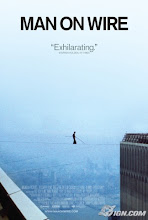The French New Wave which started in the 1950s and 1960s had a series of new and interesting movies which complemented the European art cinema genre. The movie 400 Blows, by Francois Trouffaut, is now recognized as one of the most important films of the French New Wave. The film, based partly on Trouffaut’s life, depicts an original story of a young boy and his mischievous acts. The movie not only appeals to young adults who are themselves living this mischievous life but also to an older audience who likes to reminisce about their childhood memories and who are captured by this relationship to their own young lives. The movie therefore was a natural success not only in France but throughout the whole world.
The film also uses a series of unique techniques to portray its message, showing Francois Trouffaut’s auteur capabilities. The ending scene in particular shows the genius of Trouffaut. As the main character, Antoine, runs towards the sea to escape his troublesome life, the camera closes in on his face as he stares out into the ocean. This shot allows the audience to feel compassion for the main character and the angle shot on Antoine’s face fully relates to the new found hope that Antoine has found. He has now transformed into an adult who will begin his life anew without memory of his hard childhood. Because the movie does not have a definite ending, it again leaves room for the audience to derive their own meaning for the movie adding furthermore to its universal appeal.
Tuesday, October 27, 2009
Subscribe to:
Post Comments (Atom)













No comments:
Post a Comment